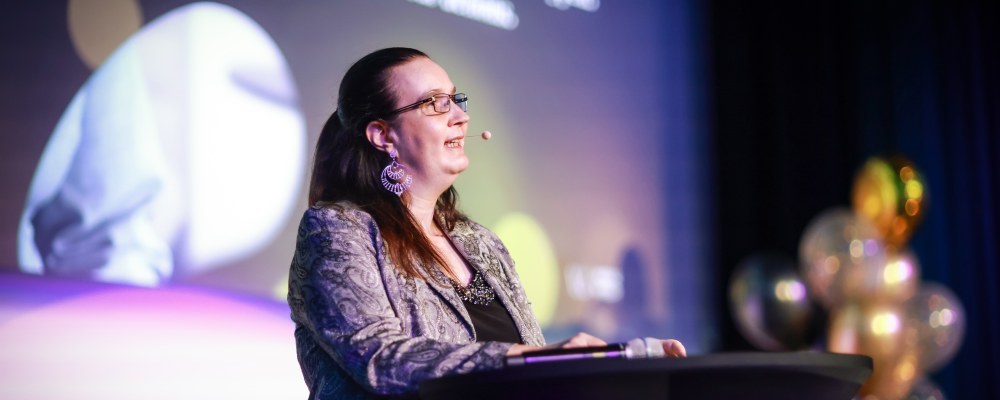
To attract more women into technology, and to retain them, the recognised problems need to be acted upon. I hope everybody agrees that gender equality does not just “happen”; instead, it requires continuous and relentless efforts by various parties.
Hence, we all have a role to play as members of various communities and institutions. For example, as a trade union and professional organization, we at TEK are committed to equity and strive to advance gender equality in technology studies, workplaces, and the society at large.
Focusing on workplaces, what can be done?
Starting from top management, their commitment and example are vital in any organizational change. Management can, for example, define targets for the percentage of women in specific roles and require actions to be taken. However, top management commitment is not sufficient: all levels of supervisors need to be on board.
A key element is changing the culture. The objectives and the reasoning behind them need to be communicated throughout the organization. What does equity mean in this organization or at this workplace, and why are we taking these steps now? Policies and practices to interfere in cases of inappropriate or unequal treatment need to be designed and deployed. For example, how to intervene if a team leader makes disparaging comments about women’s competence either in their team or otherwise? Or, does everyone know who to turn to if they observe or experience sexual harassment?
Additionally, structures need to be in place to support the changes. In practice, this means that measurements, responsibilities, and feedback mechanisms have been agreed. People need to be convinced that the policies are not just words on paper but lead to actions. Recruitment, career advancement processes, and salaries, at least, should be evaluated from a gender equality perspective. Employee representatives need to be guaranteed access to necessary information and have possibilities to influence.
Each of us as individuals can make a difference. Moreover, together, we can achieve great things. A wonderful example is the NWiTA community which started from the idea of Plamena Cherneva and Jekaterina Buraja. They worked hard, convinced others, and built a huge community that comes together to celebrate Nordic women in technology.
Let’s make the call towards gender equality in technology reverberate around our workplaces, communities, and societies!
This blog is based on my Keynote speech (part 2) given at NWiTA Gala 2025, October 10, Helsinki.
